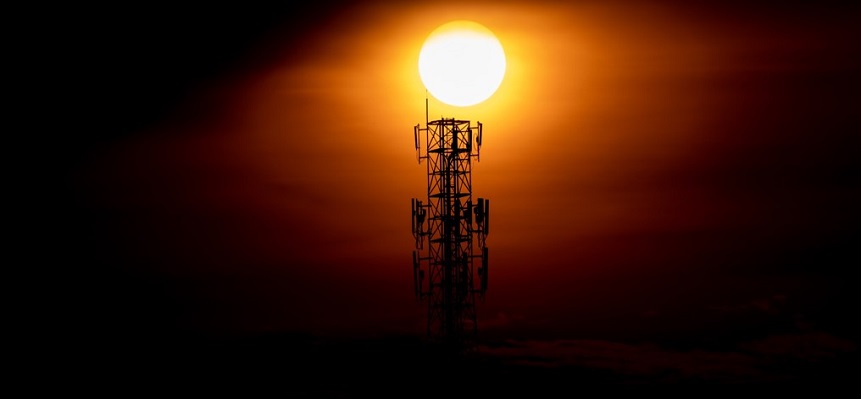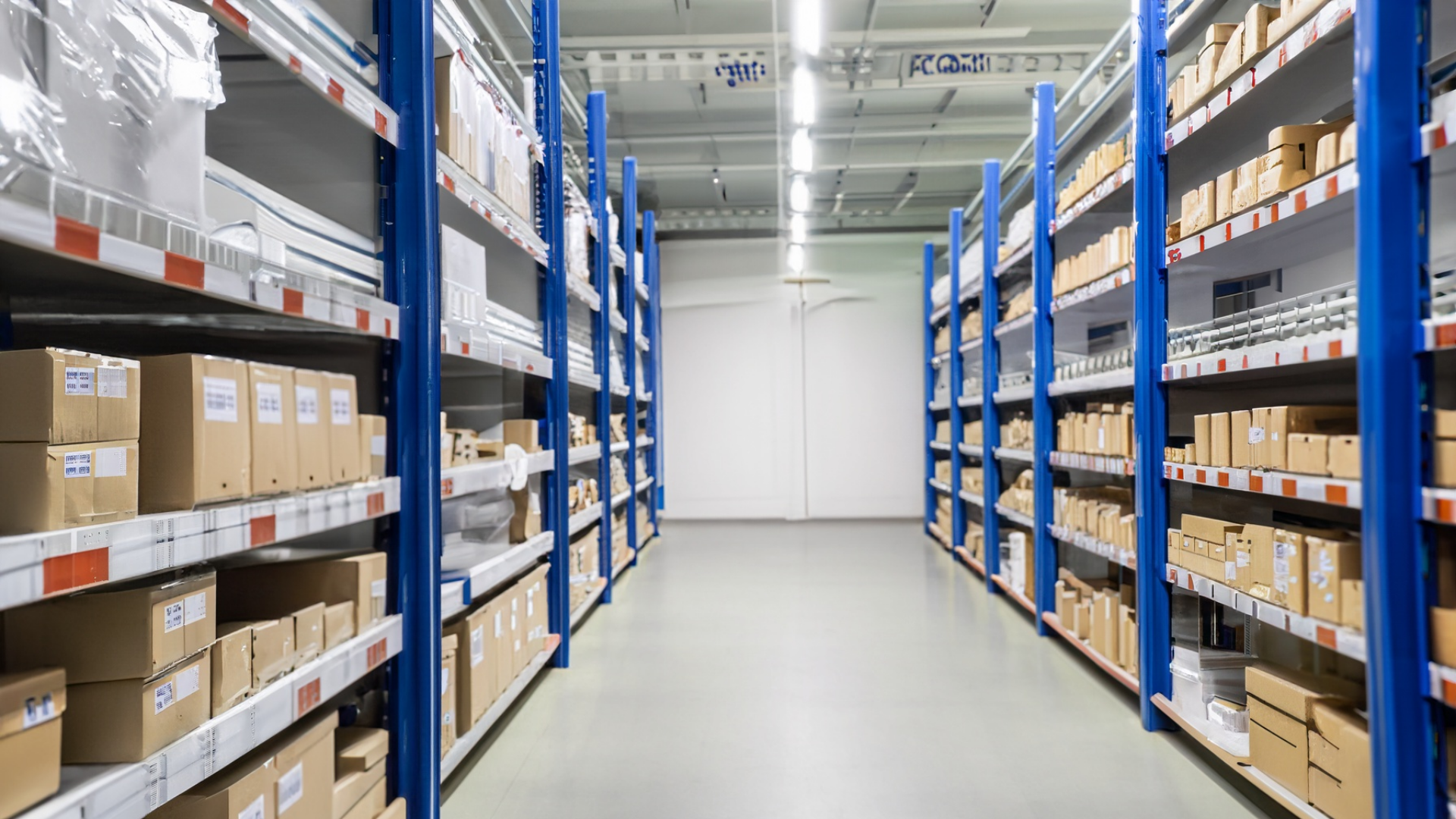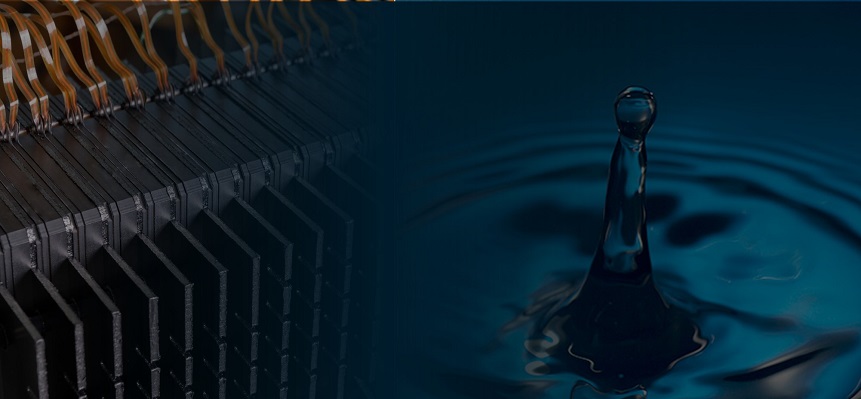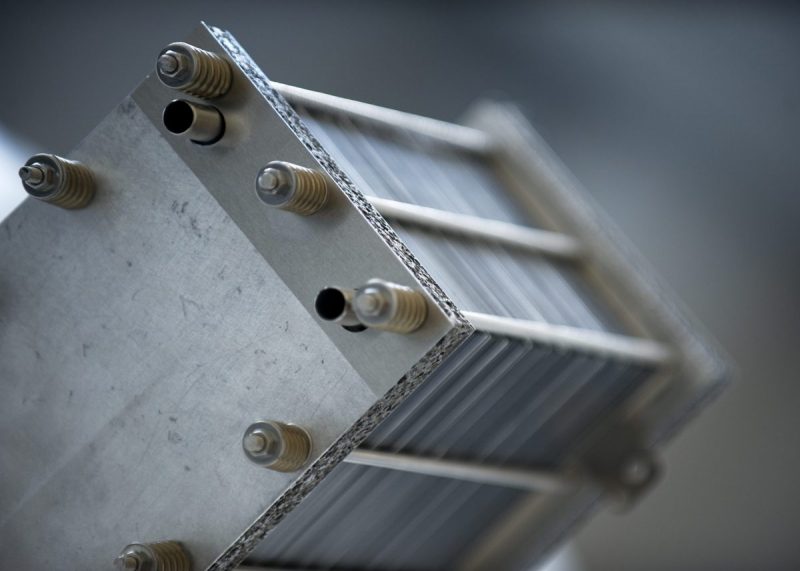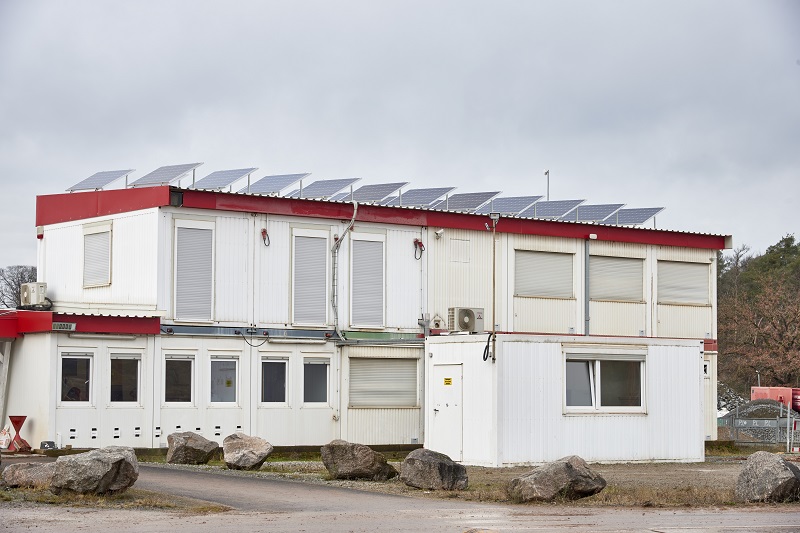Fuel cells are becoming increasingly popular as a replacement for diesel generators. This has clear advantages not only for climate protection and carbon footprint, but also in terms of usability, noise levels and versatility. However, are fuel cells also suited for use in disaster relief and emergency situations?
According to climate experts, flood situations and natural disasters like the one that struck North Rhine-Westphalia and Rheinland-Pfalz in the summer of 2021 will occur more frequently. At present, it is virtually a given that polluting and noisy diesel generators are used to restore power and mobile communications in the event of a natural disaster. However, given the growing pressure to cut emissions, this needs to change in the medium term.
Diesel fouling: a major challenge for conventional generators
In 2015, the German Federal Office for Information Security made alarming observations in an analysis of backup power systems: The fuel in almost 60 percent of examined systems was rendered unusable. The reason for this is that, according to the Biofuel Act, DIN 590 standard diesel is refined with seven percent fatty acid methyl ester. This mixture is designed for consumption within 90 days. Therefore, the fuel is not stable over extended periods and in many cases can no longer suitable for power generation.
This is another reason why fuel cells might be a viable alternative. In combination with renewable energies and battery storage, they provide numerous advantages: Quiet operation, low-emission and low-maintenance, and ideal for off-grid power supply. Moreover, fuels such as methanol are stable over the long term and can be used even after being stored for several months. Furthermore, methanol is a widely-available fuel and can be procured, for example, from chemical distributors.
Fuel cell modules such as the Ecoport from SIQENS use methanol, and convert this chemical energy directly into electricity. Such an energy generator delivers up to 1,500 watts per module, depending on the configuration, and can charge mobile battery storage units. Several modules can be connected in parallel, allowing higher power outputs of multiple kilowatts. The SIQENS fuel cell exploits the high hydrogen content present in methanol to produce electricity with efficiencies of around 40 percent.
In addition, solar modules can supplement the mini-grid to generate electricity during the day. The battery is then used to continuously power installations within the affected area, such as IT infrastructure or base stations for mobile communications.
Cutting carbon emissions by over 60%
Diesel generators, which is one of their drawbacks, usually do not run at the so-called optimum operating point. As a result, they can consume a great amount of fuel. Fuel cells, on the other hand require significantly less fuel, although the energy density of diesel is higher.
In addition, diesel gensets and methanol fuel cells also differ significantly in terms of emissions: Approximately 2.6 kilograms of carbon dioxide are emitted per liter of diesel consumed. Fossil-generated methanol releases about 60 percent – with green methanol, operation is climate-neutral. By design, fuel cells do not emit any pollutants such as particulate matter or nitrogen oxides.
At the same time, methanol is particularly suitable as a fuel in off-grid plants – although the liquid alcohol is still mainly produced from fossil sources, the switch to renewable methanol has already begun. Compared to hydrogen, for example, methanol is very easy to transport in small tanks or canisters. As a result, it can be stored easily and is readily available for purchase in chemical stores.
All these advantages show: While diesel gensets are still the norm in disaster relief and for supplying critical infrastructures, more and more users are opting for eco-friendly alternatives. So that critical infrastructures remain protected in the future and the vital energy supply is quickly available in the event of a disaster.
A prime example of a fuel cell application in extreme environmental conditions: The disaster communication network of the state of Tyrol.
